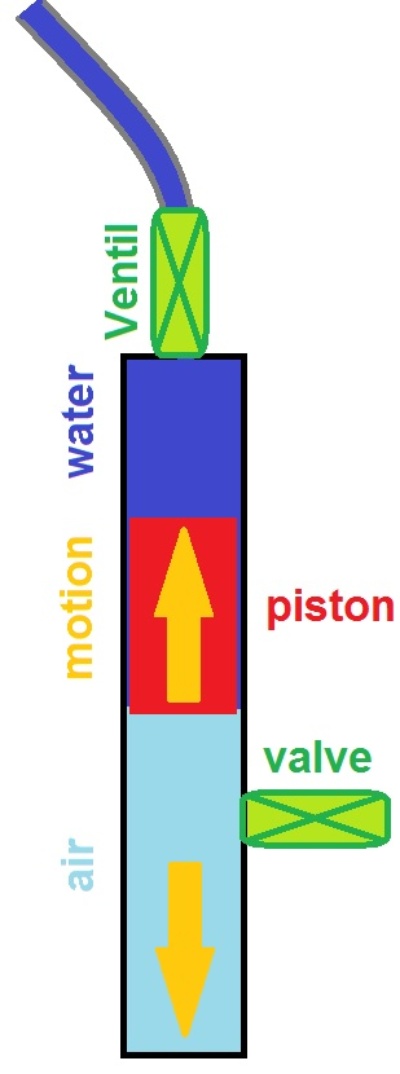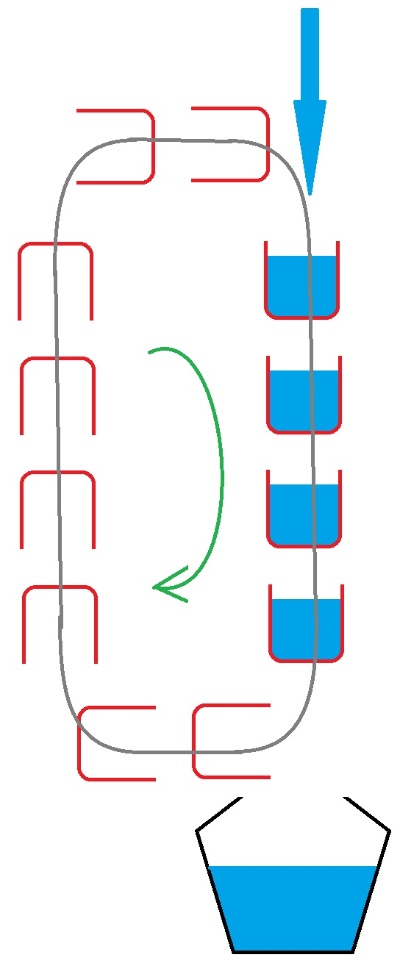Rough estimation of the costs - just to find an order of magnitude:
On the Internet, the price for buying an alternator (electrical generator) is about 200 €, with
a power of 1 kW. For larger units, the price naturally increases less than linearly with the power,
so that you can get about 10 kW in the range of 500 ... 1000 €. If we assume (arbitrarily, but
pessimistically) that a water pump (to lift the water) is comparable in price as the alternator,
and all other components again (additionally), then we come to perhaps 2000 € ... 3000 € for a 10
kW system (in power). But this refers only to the power, as to the convertible energy per time, not
to the storage capacity of the energy storage. Even if we would set the costs for the water pump
and the power generator significantly higher, this would not be a problem at all in the case of
large energy storages, because spoke about the costs per power, which is independent of the size of
the water basin; only the latter one determines the cost of the energy storage (in kWh).
What is important for the storage capacity is the water reservoir and its size. Here comes, as
said, the critical aspect: water reservoirs as energy storage always work exactly (and only) if
nature provides us with a decent height difference (free of charge), so that we only need to
produce the water reservoirs with an excavator. This is the crucial boundary condition, which can
make the storage of energy by means of the potential energy of water extremely cost-effective under
certain circumstances, possibly far below 100 € per kWh, provided that one can build it at a
favourable place in the landscape.
Converting the price to cents per kilowatt-hour (see above), of course yields fantastically low
values because the lifetime is not limited by a number of cycles. Because of the unlimited
lifetime, this would therefore result in an energy storage price in cents per kilowatt hour that
approaches down to zero in the limit value (for long time).



